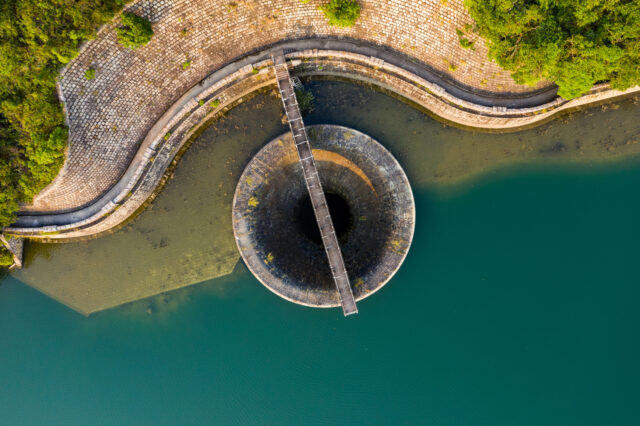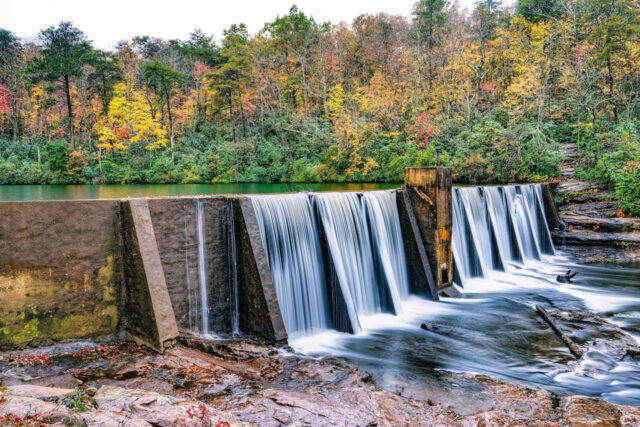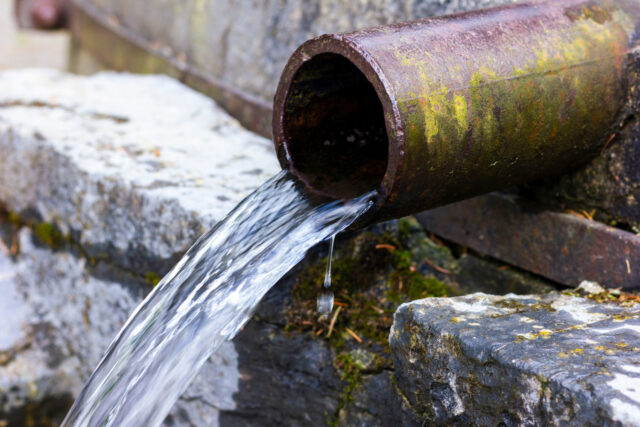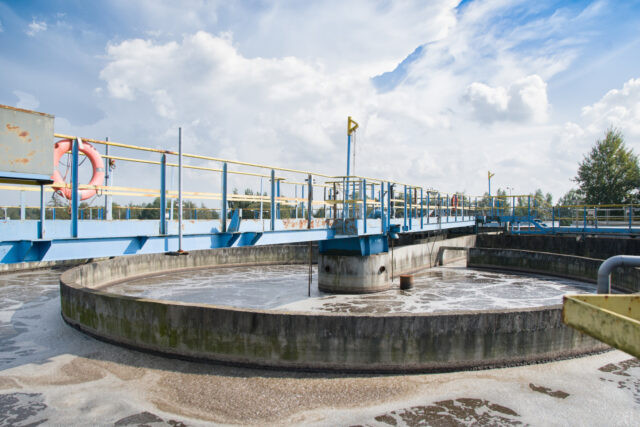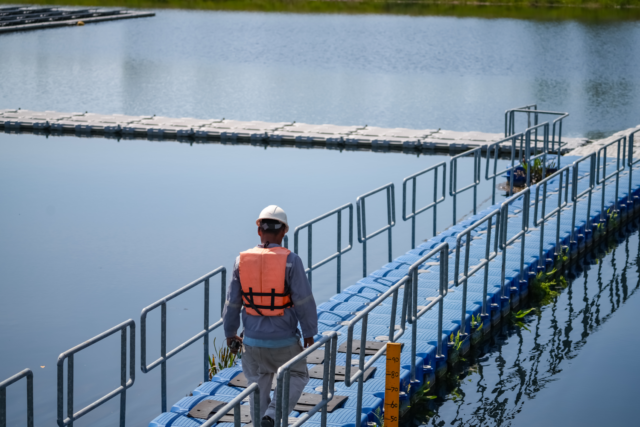A Blueprint for Cybersecurity Resilience in Water Operator Training
The water and wastewater sector, a critical infrastructure, is increasingly vulnerable to cyberattacks due to the growing integration of digital technologies. While national cybersecurity strategies are in place, their effective implementation remains a challenge. A key solution lies in enhancing the cybersecurity readiness of water operators through advanced training methods.
The Evolving Threat Landscape
Water treatment and production processes rely heavily on sophisticated control systems. These systems, once isolated, are now increasingly interconnected, creating new opportunities for cyberattacks on critical infrastructure. The potential consequences of a successful attack are severe, including disruptions to water supply, contamination, and widespread public health risks.
The Role of Data Science
To address this growing threat, water utilities must invest in training programs that equip operators with the necessary skills to detect, respond to, and mitigate cyberattacks. Advanced data science techniques, such as artificial intelligence (AI) and machine learning, can revolutionize operator training by providing realistic, interactive, and immersive learning experiences.
Training Strategies of the Future
To safeguard our vital water infrastructure, water utilities must equip their operators with the skills and knowledge to navigate the complex landscape of cybersecurity. We can empower the water workforce to master the art of simulation and harness digital intelligence by leveraging cutting-edge training strategies, such as:
- Hybrid Modeling: By combining deterministic process equations with AI-driven machine learning models, operators can practice in simulated environments that closely mimic real-world conditions. This allows them to experiment with different strategies and learn from their mistakes without risking real-world consequences.
- Extended Reality (XR): XR technologies, including virtual and augmented reality, can create highly immersive training scenarios where operators can respond to cyber threats in real-time. By immersing operators in realistic simulations, XR can enhance their decision-making skills and improve their ability to react under pressure.
- Cyber Threat Intelligence (CTI): AI-powered CTI tools can help operators stay informed about the latest threats and develop effective response strategies. By analyzing vast amounts of data, CTI tools can identify emerging threats and provide timely alerts to operators.
- Cross-Functional Collaboration: Fostering collaboration between IT and OT teams is essential for sharing knowledge and developing comprehensive cybersecurity strategies. By breaking down silos and encouraging open communication, water utilities can create a more resilient cybersecurity posture.
A Real-World Example: The ATHENA Project
The ATHENA European research project is a significant step toward enhancing cybersecurity in the water sector and a real-world example of this ongoing effort to integrate innovative training strategies for cybersecurity preparedness. ATHENA is a European initiative aimed at enhancing critical infrastructure cybersecurity training and preparedness. By developing a European platform for cybersecurity training, response, and preparedness, ATHENA aims to:
- Improve situational awareness: Through AI-assisted CTI analysis, operators can gain a better understanding of the threat landscape and identify potential risks.
- Strengthen capabilities: By providing specialized training modules, ATHENA helps operators develop the skills needed to predict, prevent, detect, and respond to cyber threats.
- Optimize information sharing: By establishing standardized mechanisms for secure and efficient information exchange, ATHENA facilitates collaboration among stakeholders and enables rapid response to incidents.
Additional Considerations
To truly secure our water infrastructure, we must adopt a multifaceted approach that considers both technological advancements and human factors. Here are a few additional considerations:
- Human Factor: While technology is crucial, the human factor remains paramount. Operators need to be trained to recognize and respond to suspicious activity, even if it doesn’t fit a specific pattern. Regular cybersecurity awareness training can help operators develop a strong security mindset.
- Regular Security Audits: Regular security audits can help identify vulnerabilities and assess the effectiveness of security measures. By conducting regular audits, water utilities can proactively identify and address potential risks.
- Emergency Response Plans: Having well-defined emergency response plans can help minimize the impact of a cyberattack. By developing and regularly testing emergency response plans, water utilities can ensure that they are prepared to respond effectively to incidents.
- Supply Chain Security: Securing the supply chain is crucial, as vulnerabilities in third-party systems can compromise the overall security of a water utility. By carefully vetting suppliers and implementing strict security requirements, water utilities can reduce the risk of supply chain attacks.
The future of water security hinges on a delicate balance of technological innovation and human expertise. Only by mastering both can we ensure a resilient water infrastructure in the face of rapidly evolving cyber threats.
SOURCES: Smart Water Magazine, The ATHENA Project, Smart Water Magazine










